Art for the People: New Exhibition at the Crocker Highlights Regional and Ethnic Diversity in the WPA
Photo Courtesy of the Crocker Museum of Art
Painting by Harry Sternberg: Coal Miner and Family. Harry Sternberg depicts the struggles of families of coal miners who would often mine underneath their own homes, resulting in collapsed architecture and inhumane living conditions in Coal Miner and Family (1938)
Born to a domestic servant and a railroad worker on the South Side of Chicago, Charles White’s emergence as a celebrated African American artist and social commentator defied expectations. He grew up in the height of the Great Depression, at times concealing his passion for art because of its seeming improbability to materialize into a career. Equipped with the power of the newly formed Works Progress Administration; however, White found the platform and stability to become the celebrated and influential artist he is known as today.
Commemorated in the Art for the People: WPA Era Paintings from the Dijkstra Collection exhibition at the Crocker Art Museum in Sacramento, you can find work by Charles White, and his peers, in a display of American history consolidated into one room. The exhibition will be on display from Jan. 29 until May 7, 2023.
The Works Progress Administration, enacted by Franklin Delano Roosevelt in 1935, was a program aimed to give artists a financial safety net during the Great Depression.
Not confined by a specific artistic style or region, Art for the People commemorates the diverse geographical origins of the American artists of the WPA. The Dijkstra collection of WPA art has not come together since 2006.
Within the confines of one room, the exhibition tackles the Holocaust, Japanese internment, industrial labor, the anxiety of Midwestern farmers, the turbulence of war and the California landscape.
“To have this many works, from this period, from all over the country, but specifically in California, it’s pretty rare,” Scott A. Shield, Chief Curator at the Crocker, said.
Alluding to the very nature of the WPA, the artists that found work in the era of the New Deal overwhelmingly used their newfound stability to display public admiration and sympathy for the working class.
But despite the many founding cultural turning points and social movements of this tumultuous time period, the art world has historically condensed the WPA artists of this era to a few specific areas and perspectives.
“Much of the art from this period has been talked about, really only as Midwestern…regionalism,” Shield said.
The art establishment of the 1930’s generally presented a narrative of WPA artists as regionalists, narrowing in on Iowa, Kansas and Missouri.
“We wanted to include kind of the whole sweep of the country, not just not just the middle.” Shield said.
In the pursuit to create a more pleasant map of American art that was digestible by the public, the midwestern regionalist narrative often left out artists of color and women.
One study titled ‘Diversity of artists in major U.S. museums’ found that over 85% of Museum’s collected artworks originate from male, white artists. Brutally underrepresented in museum art spaces, people of color and women have been historically omitted from the highest echelons of the art world.
Symbolic of a broader push to use curation as a means to champion the marginalized, the Crocker’s new exhibition brings together a blend of regional artists who highlight the discounted in the greatest economic turmoil of our nation’s history.
“People tend to cherry-pick the parts of history that they’re the most comfortable with … sometimes institutions and people in power sort of look over the works that could make audiences feel uncomfortable and guilty” Diana Ruiz-Martinez, a Junior at Granite Bay High School, said.
Where Californian homelessness and national inequality have risen to dramatic heights from the pandemic, audiences might find parallels in their own life to the period of the Great Depression.
Walking through the exhibition, one finds artists like Harry Sternberg who used lithographs and print making as a form of didactic documentation. Studying and living with the coal mining communities, Sternberg’s artistic goal was to accurately depict the dehumanizing effects of hard, industrial labor.
“(The exhibition) also points out how important it was that these artists had support and were able to work because a lot of them really relied on government support to make ends meet,” Shield said.
You’ll also find artists like Miki Hayakawa and Sueo Serisawa who, although they did not experience Japanese detention camps first hand, were displaced in their careers.
“Both their careers were pretty derailed by that experience,” Shield said.
In the wake of a World War, this exhibition does not shy away from the gruesomeness of war, genocide and displacement, as well as many of the WPA artists reaction to injustice through political advocacy.
“So many of (the artists) were working with socialist organizations, some of them communist organizations, but always trying to make the plight of the worker in the labor better.” Shield said.
The exhibition acknowledges many of the WPA artists’ later struggles with the House Committee on Un-American Activities, a committee that investigated and targeted Americans accused of having ties to the Communist party. Many of the WPA artists who depicted the working class, were involved in left wing publications and journalism.
“You’ll just see so much of what we’re going through right now on the walls between the war imagery, issues of homelessness, poverty,” Shield said, “ all those things are very resonant with what we’re living through.”



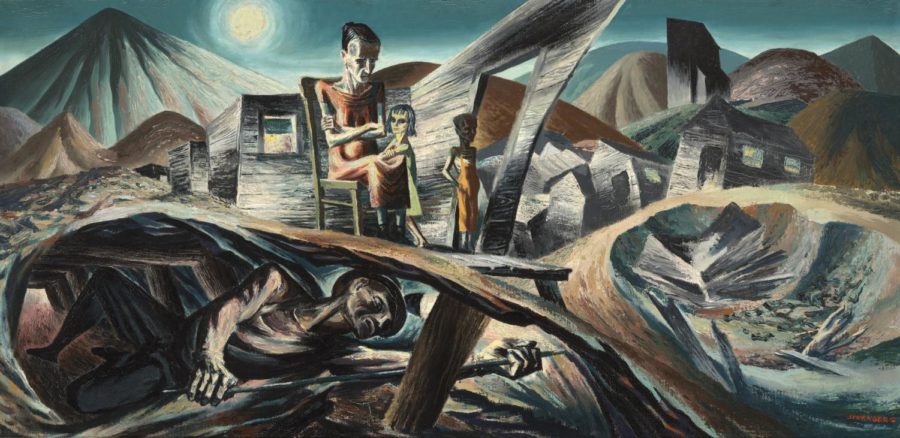

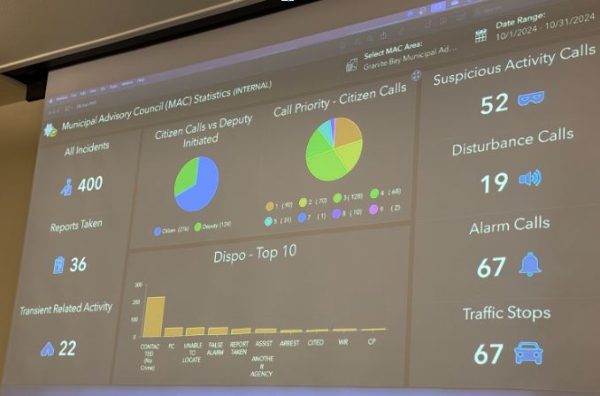
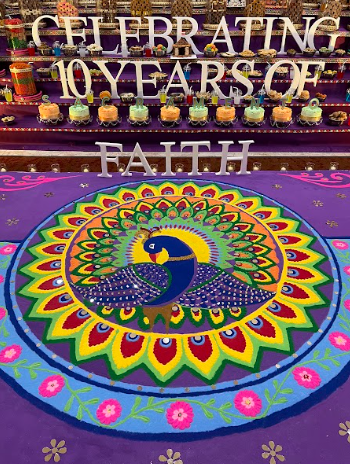
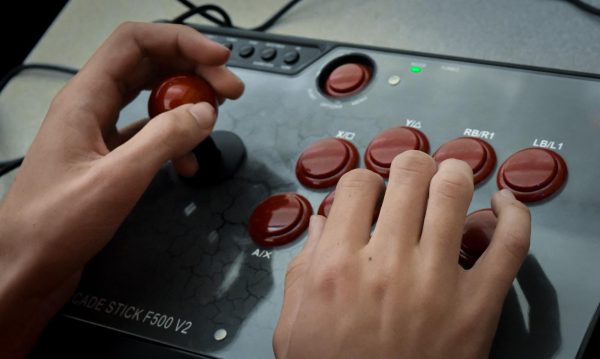
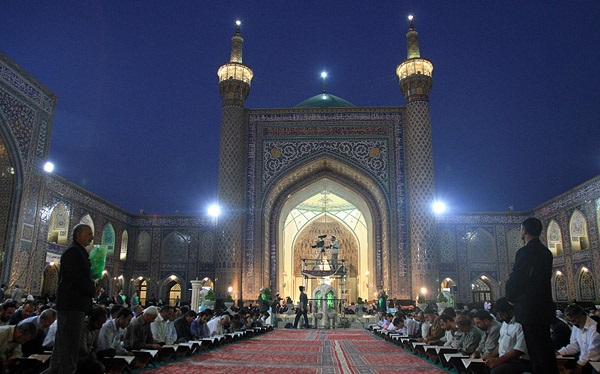

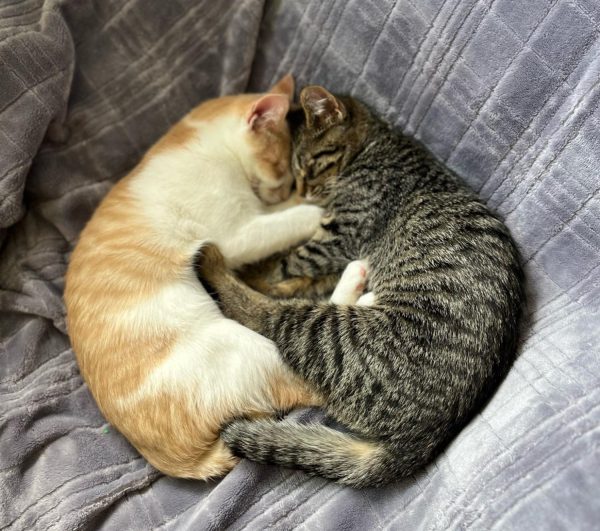

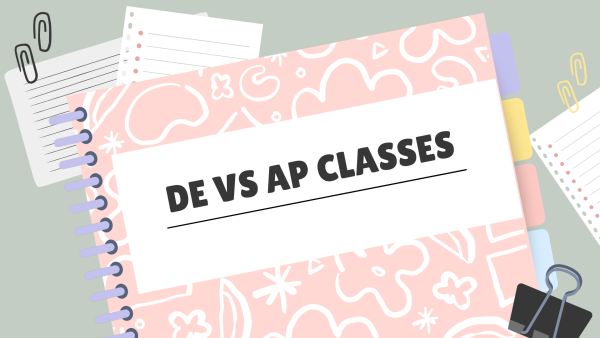



Sela • Feb 10, 2023 at 10:51 am
This is such an interesting read! bring back to WPA